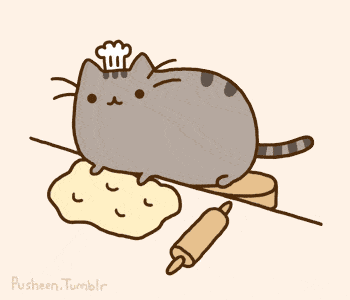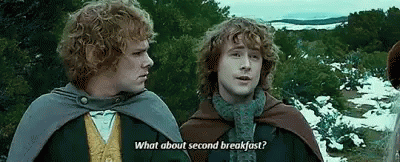Food For Thought
An important and often overlooked facet of a good scene is the description of the food and drink that inhabits it. Having the character’s mouth water as they smell cookies baking or having them sigh in contentment as they bite into a filet mignon can really draw your reader into events.
What better way to describe these sights, smells and tastes then to experience them yourself first?
Half the fun is in the preparation anyway
This isn’t just a fun little experiment- it also allows you to make dinner while technically researching for your book! As you begin baking take a moment to dwell on sensory input. Same goes for the cooking and all important presentation and first bite. You don’t have to limit yourself to the senses either. Mix in a little character to your meals to try to better define a character-in-question! Does the protagonist like wine? Fill a glass and put yourself mentally in their shoes. How would they, in this moment, describe the color, the smell? How would they hold the glass? Would they let the wine breath or would they throw it back instantly? Would they savor the subtle flavors or just welcome the bite of alcohol?
Or do they prefer Elevensies or Luncheon? Asking the real questions
Letting flavors roll across your tongue and consciously experiencing your food and drink can help you better understand your characters, their world, and help you immerse your readers in that world. Why? Because you make it more tangible, more grounded in reality. Even if your story involves space kittens riding giant pink grasshoppers a good meal description can go a long way toward placing your reader in the scene (and the more a reader’s mind places them squarely in the center of events, the better!)
And, hey, who doesn’t want an opportunity to try new things every now and again?
So remember: you are what you eat, so eat creatively!


